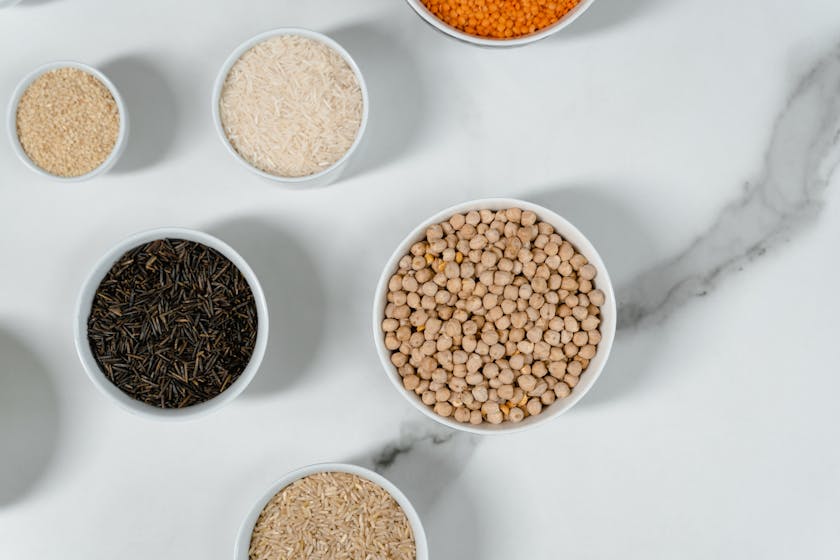If you’re venturing into once-a-month cooking, understanding bulk meal storage safety is crucial in ensuring your efforts aren’t in vain. Let’s explore how to keep your meals safe and delicious.
Bulk Meal Storage Safety Tips for Once-a-Month Cooking
Start with a Clean Workspace
Before you begin your cooking marathon, ensure your kitchen counters, utensils, and storage containers are sanitized. A clean workspace helps prevent cross-contamination and foodborne illnesses.
Properly Cool Your Meals
Hot meals need to be cooled quickly to prevent bacterial growth. Divide large portions into smaller containers and avoid stacking them tightly in the fridge. This allows air circulation and quicker cooling.
Use the Right Containers
Food-grade, airtight containers are ideal for bulk storage. They maintain freshness and prevent freezer burn. Make sure to label each container with the contents and the date it was prepared.
Understand Freezer Lifespan
While freezing meals extends their shelf life, they don’t last indefinitely. Most cooked meals remain at their best quality for 2-3 months in the freezer. Always adhere to recommended storage times.
Organize Your Freezer
Efficient organization is key to effective bulk meal storage. Keep older meals in the front and add new batches to the back. This rotation ensures you use meals while they’re still at their peak.
Thawing Matters
Thaw frozen meals in the refrigerator, not on the countertop. Refrigerator thawing ensures the food temperature remains safe, reducing the risk of bacterial growth.
Reheat to the Right Temperature
When reheating, ensure your meals reach an internal temperature of 165°F (74°C). This temperature kills most bacteria, making your food safe to eat.
Don’t Refreeze Thawed Meals
Once you’ve thawed a meal, don’t refreeze it. Refreezing can degrade the quality and safety of the food. Instead, plan to consume thawed meals within a few days.
Monitor Your Freezer’s Temperature
Keep your freezer’s temperature at 0°F (-18°C) or below. Regularly check with an appliance thermometer to ensure it’s at the correct temperature for safe food storage.
Be Mindful of Cross-Contamination
Store raw and cooked foods separately, and use separate cutting boards and utensils for raw meats and vegetables. Preventing cross-contamination is vital to food safety.
Invest in Vacuum Sealing
Vacuum sealing can extend the life of your frozen meals by removing air from the packaging. This method prevents freezer burn and preserves the taste and nutritional value of your food.
Regularly Inspect Your Stock
Periodically check your stored meals for signs of spoilage, like discoloration or off odors. Discard any food that doesn’t seem right to avoid the risk of illness.
Have a Power-Outage Plan
In case of a power outage, keep the freezer door closed to maintain the temperature. If the outage lasts more than 48 hours, check the food’s temperature and discard anything above 40°F (4°C).



